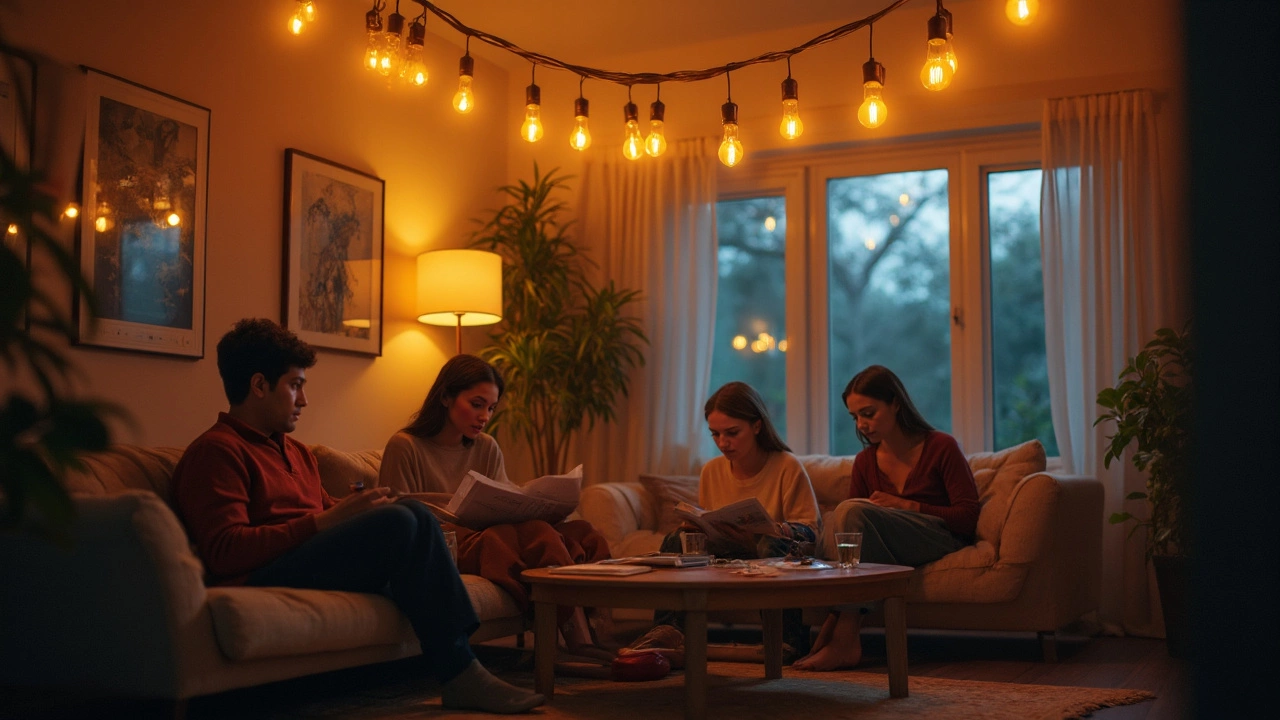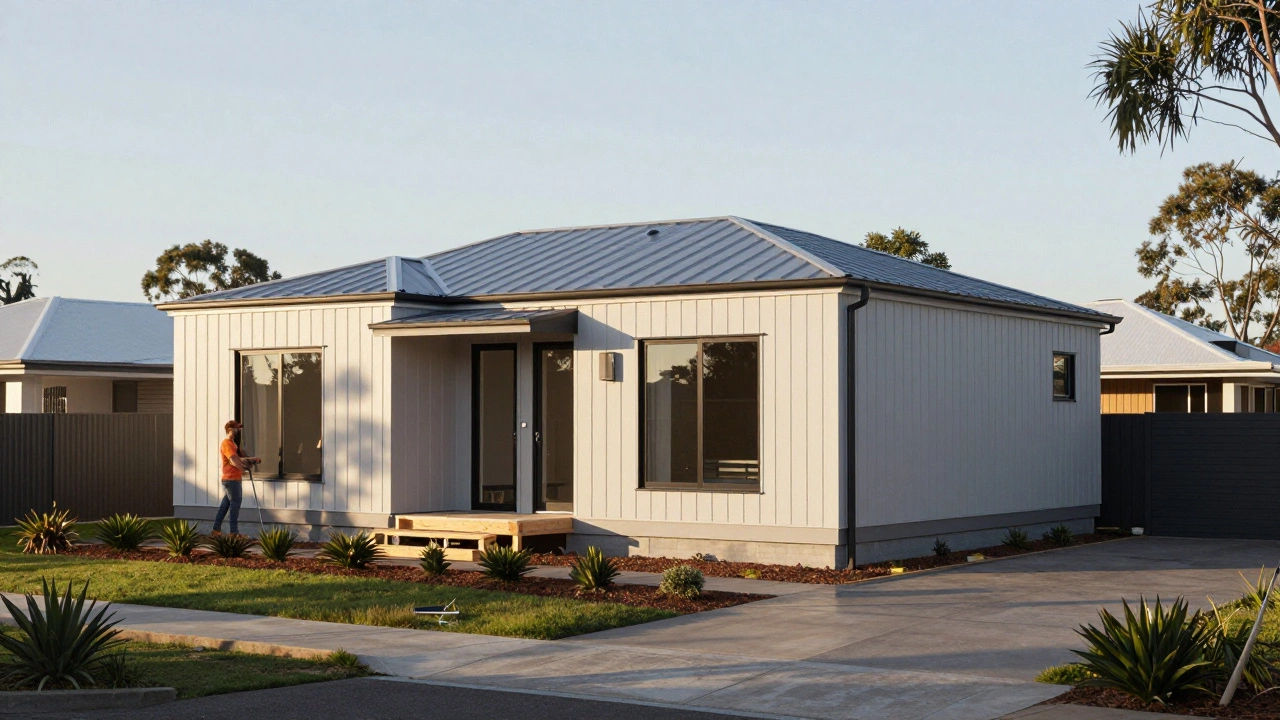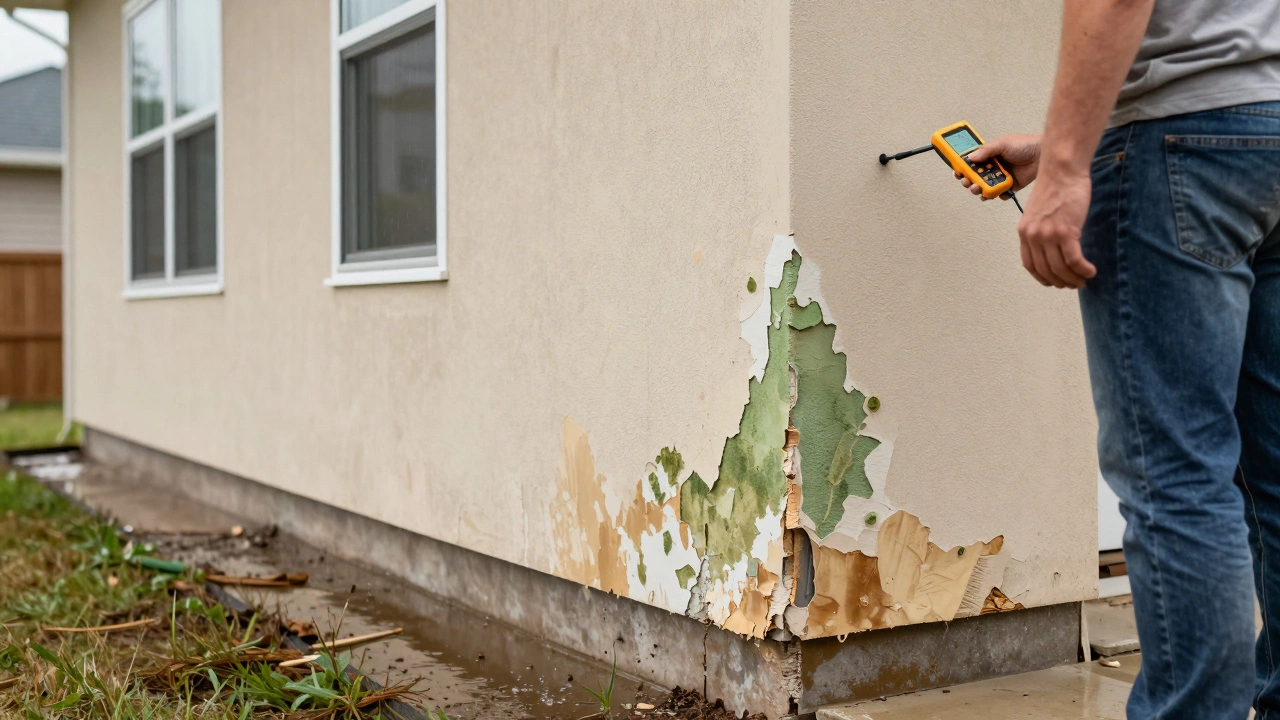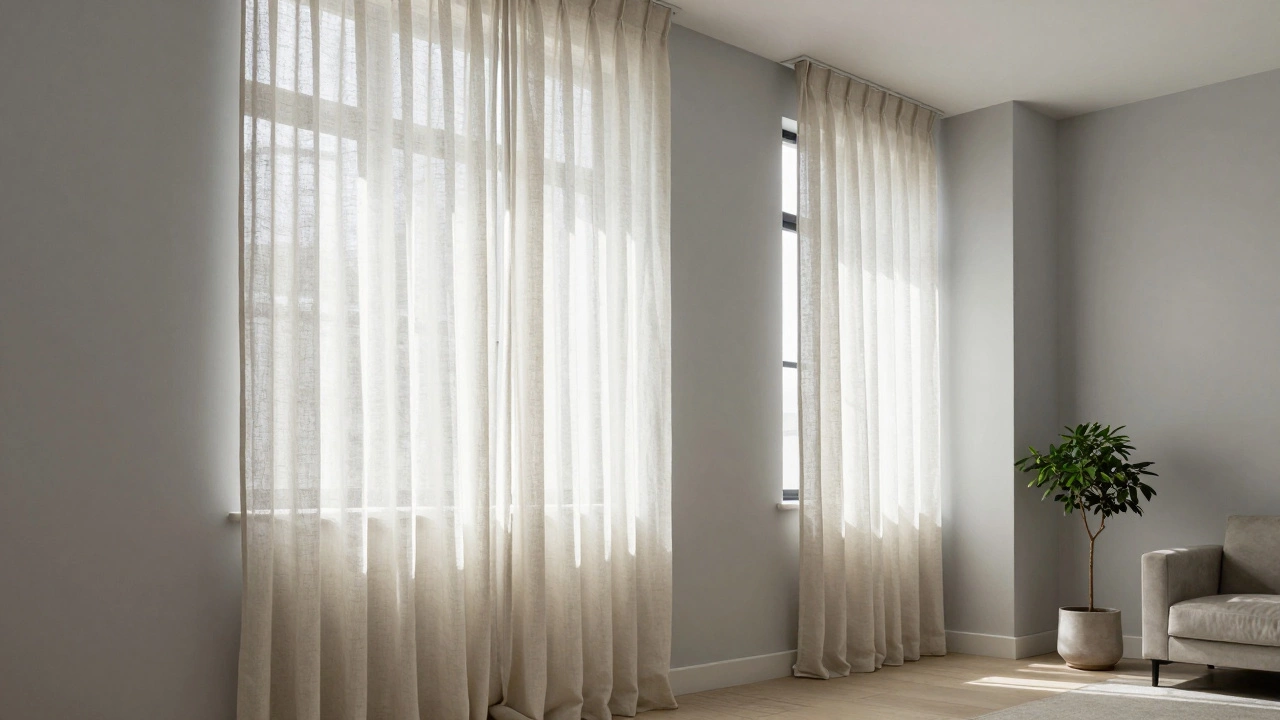Go back a couple decades and most homes looked like tiny power plants, burning through electricity just to light a living room. Despite all the new technology around us, you'd be shocked to find that some folks are still using the same type of light bulbs their grandparents used. We’re talking about incandescent bulbs—the kind Thomas Edison would recognize. If you’re thinking, “They’re just a classic part of home life,” it might surprise you to learn how much money and power those little globes are draining from your wallet every year.
How Incandescent Bulbs Became the Icon of Inefficiency
Incandescent bulbs have a certain nostalgia vibe, but that’s where the charm ends. Let’s be honest—the real magic trick is just how efficient they are at wasting energy. Here’s the deal: about 90% of the electricity used by an incandescent bulb isn’t even creating light. That energy gets sucked up and turned into heat instead. Think about turning on a lamp and practically running a miniature space heater in your room. Those bulbs give off way more warmth than glow.
Wondering why this matters at home? Well, say you screw a 60-watt incandescent into your ceiling (something many Aussies still do). When you flip that switch, just 6 watts go into making visible light. The other 54 watts? They basically make your room hotter, so you crank up the air con—and now you’re paying to cool down the heat your bulb created in the first place. It’s an endless, almost comedic cycle, except your electricity bill isn’t laughing.
Let’s look at a real number: according to the Australian Department of Climate Change, Energy, the Environment and Water, if every household replaced just one of their most-used incandescent bulbs with an LED, the country could save millions in energy costs every year. It’s not just talk. Houses in Melbourne alone, on average, spend upwards of $250 a year just on lighting, mostly because of old-school bulbs.
Incandescent technology is straight from the 19th century. Inside, a tiny tungsten filament heats up and glows when electricity passes through it, releasing lots of heat and a little bit of light. Compare that to modern alternatives like compact fluorescents (CFLs) and LEDs. A 10-watt LED can match that 60-watt incandescent for brightness, but it turns almost all its energy into light. For the same brightness, you pay less, and your room isn’t roasting.
Now, you might’ve heard someone claim incandescent bulbs produce “nicer” or “softer” light. There’s some truth—LEDs and fluorescents used to have a clinical feel. But that ship sailed years ago. Today’s LEDs come in any shade you want, from golden glows to daylight brilliance, and they hum along without the flicker or weird color you may remember from granny’s kitchen.
If you want to know just how bad incandescent bulbs are, compare their efficiency (lumens per watt) to other types:
| Bulb Type | Typical Efficiency (Lumens/Watt) | Average Lifespan (Hours) |
|---|---|---|
| Incandescent | 10-17 | 1,000 |
| Halogen | 18-22 | 2,000 |
| CFL | 35-60 | 8,000 |
| LED | 80-120 | 15,000-25,000 |
Those numbers don’t lie. LEDs win by a mile. Here, inefficient lighting really means incandescents—old, hot, and outmatched.
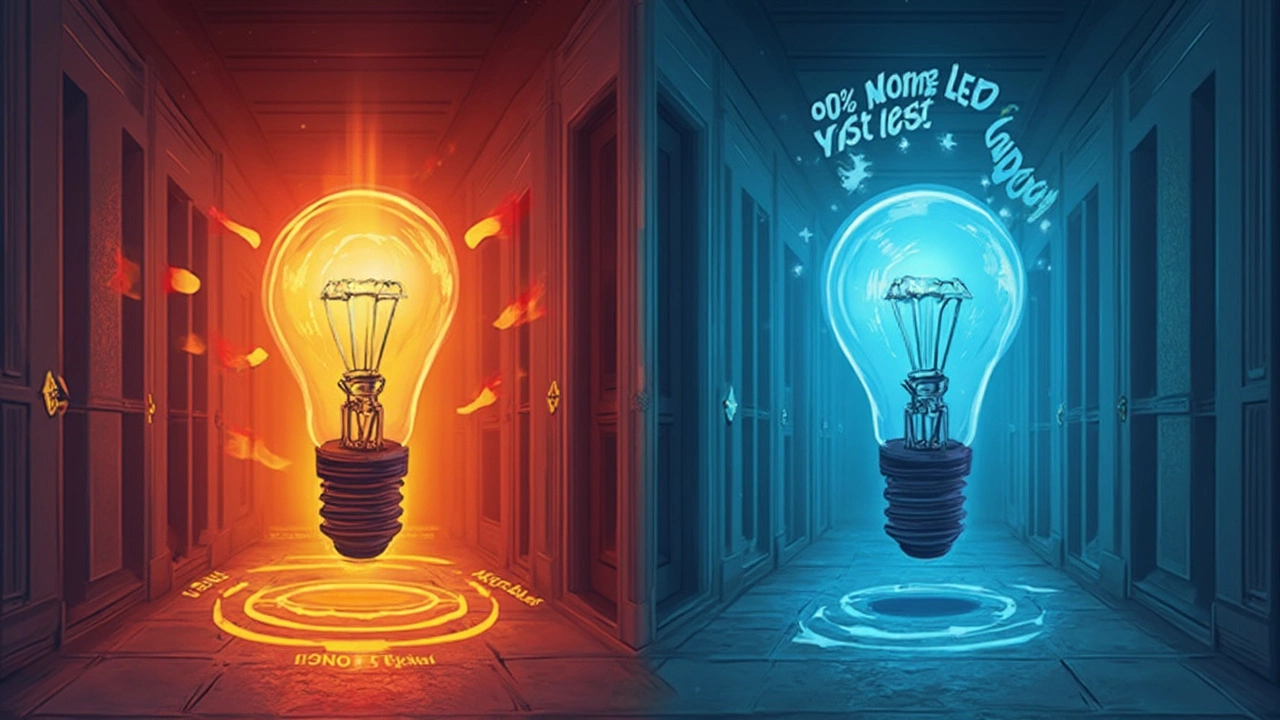
Why People Still Use Inefficient Bulbs: Myths and Habits
If incandescents are so terrible, why are they still around? Part of it is habit—people use what they know. Sometimes, older houses still have the sockets and dimmers wired for these bulbs. There’s even a bit of nostalgia. Some folks swear their lounge room just feels cosier under the tungsten glow. But mostly, it’s what’s sitting in the hardware aisle—cheap up front, expensive long term.
Incandescents don’t usually cost much at the checkout. You can grab a multi-pack of them for a few dollars. But here’s where it gets irritating: those bulbs only last about a year (1,000 hours or so). If you’ve ever had to drag out the ladder because a ceiling globe keeps blowing, you know the frustration. LEDs and CFLs, on the other hand, go for years. That means fewer climbs and fewer emergency trips to Bunnings.
There’s a stubborn myth that incandescent bulbs “work better with dimmers.” Older dimmer switches don’t play nicely with first-gen LEDs, but modern LEDs almost always have dimmable options that work just as well (often better—no buzzing or flickering). So if your excuse is you want to set the mood in your home cinema, you’re covered.
Let’s bust another myth. “LEDs are too expensive.” Not anymore. In 2010, a single LED bulb in Melbourne could set you back $20. Now, you’ll pay as little as $3 to $7 for the equivalent, and you might not need to replace it for 15 years or more. Add up the cost of replacing cheap incandescents every year, plus the power bill savings, and it’s a no-brainer.
There’s still resistance, though, mostly because the upfront savings—$2 here and there—feel more real than a lower power bill spread over twelve months. But the numbers are glaring. Swapping one old 60-watt incandescent for a 10-watt LED that runs 3 hours a day saves about $15 a year on power per bulb. Multiply that by the dozen or so bulbs in a typical house, and the savings stack fast.
Then there’s the environmental side. Incandescents chew through more energy, and most of that electricity (in Australia) still comes from coal and gas. Less efficient bulbs mean more emissions—not just higher bills. It’s not just a climate statement, either. Energy prices jumped by 25% in Victoria in 2023 alone, and there’s no sign of that trend reversing.
So, bringing it all together—incandescent lighting sticks around mostly because of inertia and outdated beliefs, not because it’s better or even cheaper in the long run. That’s like driving a petrol-guzzling classic car for daily commutes: romantic idea, expensive reality.
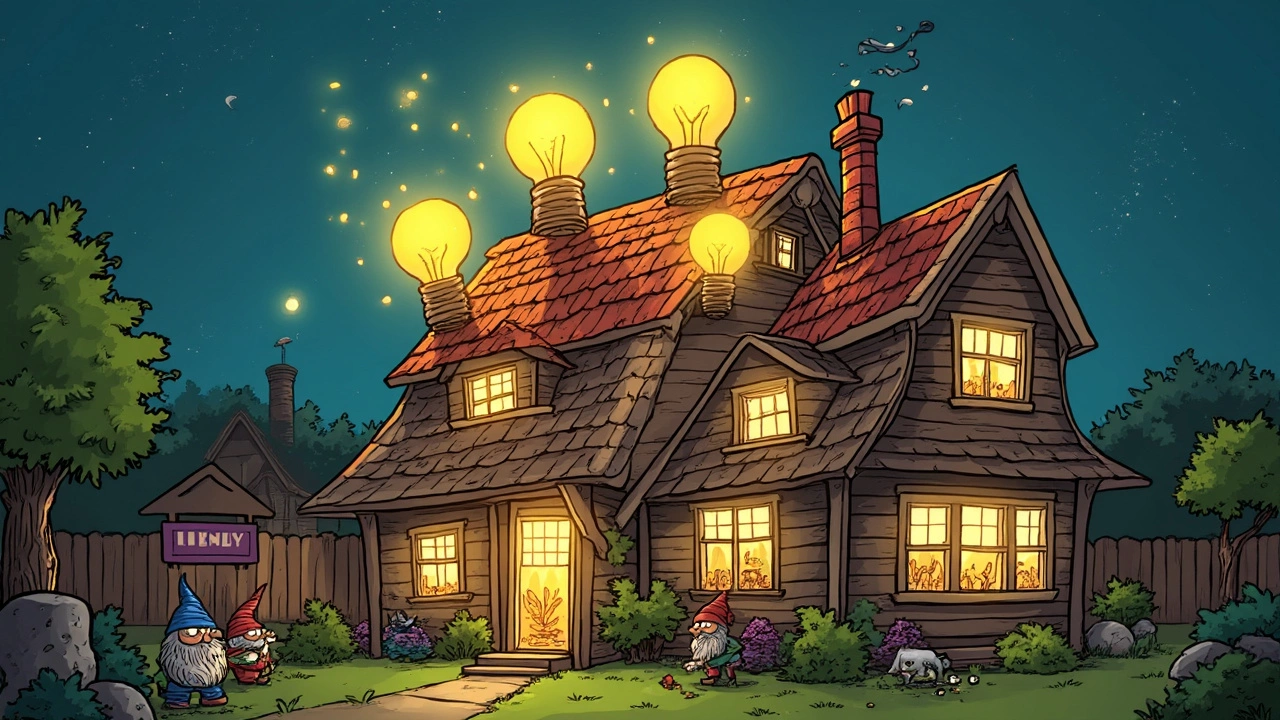
How to Switch Out Inefficient Lighting and Cut Costs Instantly
Ready to do something your future self will actually thank you for? The good news: swapping out inefficient lights is about the easiest home hack going. You don’t need to call an electrician just to switch a bulb, and LEDs fit into any standard socket. Here’s how you can get started, minus the hassle.
- First, take a walk through your place and count up every bulb. Don’t forget those garage lights, back porch globes, or odd lamps going unused.
- Next, figure out the wattage you’re using. Look on the base or packaging; every bulb says its wattage. Jot down which ones are more than 60 watts—those are the energy vampires.
- Pick the bulbs you use most, like kitchen, lounge room, hallways. Focus on these first since they’re on the longest each day.
- Head to the shop or shop online. Look for “warm white” or “daylight” LEDs (usually 2700K-3000K for warm, 4000K-5000K for cool). Match the brightness—800 lumens replaces a 60W, 1100 lumens replaces a 75W bulb.
- If you have dimmer switches, choose bulbs labeled “dimmable.” They cost an extra dollar or so and won’t buzz or flicker.
Now, when it comes to payback time: swapping all main bulbs in an average home to LEDs can save you $200 to $300 a year. Not a bad return for a lazy Saturday arvo. Want to see the difference? You can use free calculators from the government or your power company to see what you’ll save by switching. Melbourne Energy Rating’s online tool is surprisingly fun to play with if you’re nerdy like me.
One more trick: some councils and states run rebate programs or even free bulb swaps for households. Just last year, dozens of Victorians scored free LED upgrades with no strings attached. A quick Google search or a peek at your state’s energy efficiency website could get you a deal today.
In case you’re curious about unusual lighting, here’s a curveball: there are even worse ways to light a home. Picture a house using halogen floodlights everywhere, or neon signs in the hallway (yes, people do that). But those are rare. The classic screw-in incandescent, though, is everywhere—and that’s why it’s still our biggest offender for wasted power at home.
Lighting upgrades don’t have to be all-or-nothing either. If your budget’s tight, swap where it matters most, then work on the rest over time. Still have those candelabra-style chandeliers? LEDs now come in every size and shape, even ones that mimic decorative old bulbs. No more excuses.
Not sure where to recycle old bulbs? Most hardware stores have drop-off bins. Never toss them in the regular bin—CFLs and fluorescents have a tiny bit of mercury, and any bulb can break and slice open bags or, worse, hands. Just drop them off the next time you’re out shopping.
The bottom line: Incandescents are ancient tech, and their inefficiency is like burning cash for the nostalgia of a warm glow. LEDs make it ridiculously easy to save, and your only real obstacle now is putting off that trip to the shop. Make the switch, and you’ll see the results all year—quicker than you’d believe.

